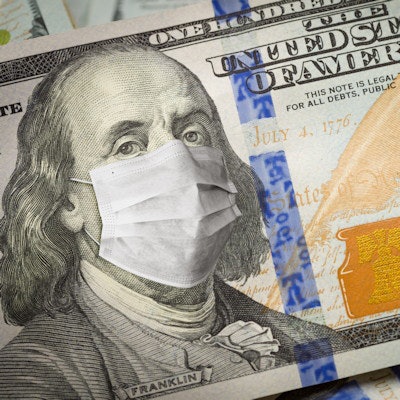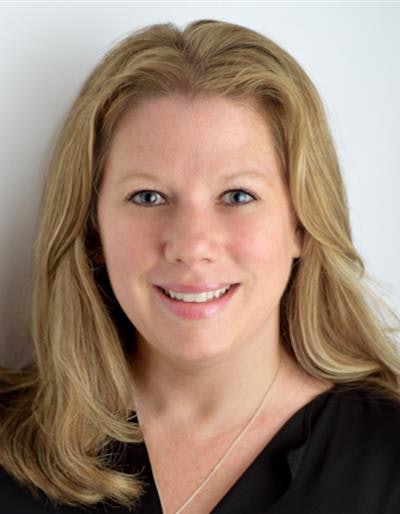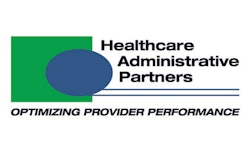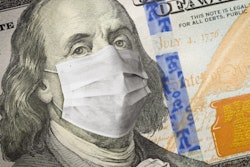
Much has been written about the Paycheck Protection Program (PPP) loans and the complex rules for loan forgiveness. But there were other funding sources available early in the public health emergency that need to be revisited now.
Our article in April outlined the HHS Grant Funds and another article discussed the Medicare Accelerated & Advance Payments Program.
HHS grant fund
 Rebecca Farrington from Healthcare Administrative Partners.
Rebecca Farrington from Healthcare Administrative Partners.The U.S. Department of Health and Human Services (HHS) Provider Relief Fund (PRF) grants were paid to most practices by direct deposit to their bank account on April 10 and on April 17, 2020. Subsequently, many practices completed an application and then received a second round of HHS funding starting in late April and continuing through June.
Although the terms of the grant originally called for quarterly reporting if the amount of the grant was $150,000 or more, a document issued by HHS on July 20 indicates that reporting will be required by recipients that received payments of $10,000 or more.
Rather than quarterly reporting, we now know that only one or two reports will be required. The first will be due no later than February 15, 2021, to report the use of funds through December 31, 2020. If all of the PRF money is spent by December 31, then no further reporting will be required. However, a second and final report will be due by July 31, 2021, for any funds expended after December 31.
The reports will allow practices to demonstrate compliance with the terms and conditions of the PRF grant, including the use of funds for allowable purposes. Detailed reporting information will be available by August 17, 2020, and the reporting system will be opened on October 1, 2020.
Medicare Accelerated and Advance Payment Program
One option for practices in need of cash flow during the public health emergency was a short-term loan equal to 100% of their Medicare payments based on a three-month lookback period. The loan would be repaid through Medicare's retention of payments otherwise due for claims beginning 120 days after the advance was made, with full repayment due within 210 days from the date the advance was made.
If a loan was received on April 1, 2020 then August 1 would mark the beginning of the recoupment period. There is no need to write a check in repayment, as long as the practice is submitting claims to Medicare and receiving reimbursement.
If the practice was in operation on July 1 and thereafter, then payments for those services will be processed in time to begin the offset that will make repayment of the loan. If full repayment is not completed in three months (by November 1 in our example) then the practice should consider repaying the balance that remains. The original provisions indicated that the unpaid balance would bear interest at the rate of 10.25%, although there has been hope that this rate would be revised.
Other emergency provisions
The U.S. Centers for Medicare and Medicaid Services (CMS) announced that the waiver put in place that allows expanded use of telemedicine by physicians has been extended until late October. The waiver is expected to continue until the end of the public health emergency, but it must be renewed in 90-day segments.
The 2% sequester that has been applied to reduce Medicare reimbursement to physicians over the past few years was suspended as of May 1 through December 31, 2020. For budgeting purposes, practices can expect the 2% sequester to be reinstated, although further suspension of it would effectively provide a 2% boost over such a budget.
Practices that have deferred payment of their employer Social Security tax will want to be sure to set aside funds for the ultimate payment of those taxes when they come due; 50% of the deferred tax will be due by the end of 2021 with the remaining 50% due by the end of 2022.
The rules and regulations associated with all of these emergency funding programs are constantly shifting as the regulators come to grips with the more practical aspects of them. We will continue to monitor and report on the information you need to keep up with these new programs while you continue with the day-to-day operation of your busy practice.
Rebecca Farrington serves as the chief revenue officer for Healthcare Administrative Partners. She has more than 20 years of experience in healthcare sales and management roles, focusing on hospital-based and physician revenue cycle management.
The comments and observations expressed are those of the author and do not necessarily reflect the opinions of AuntMinnie.com.


















